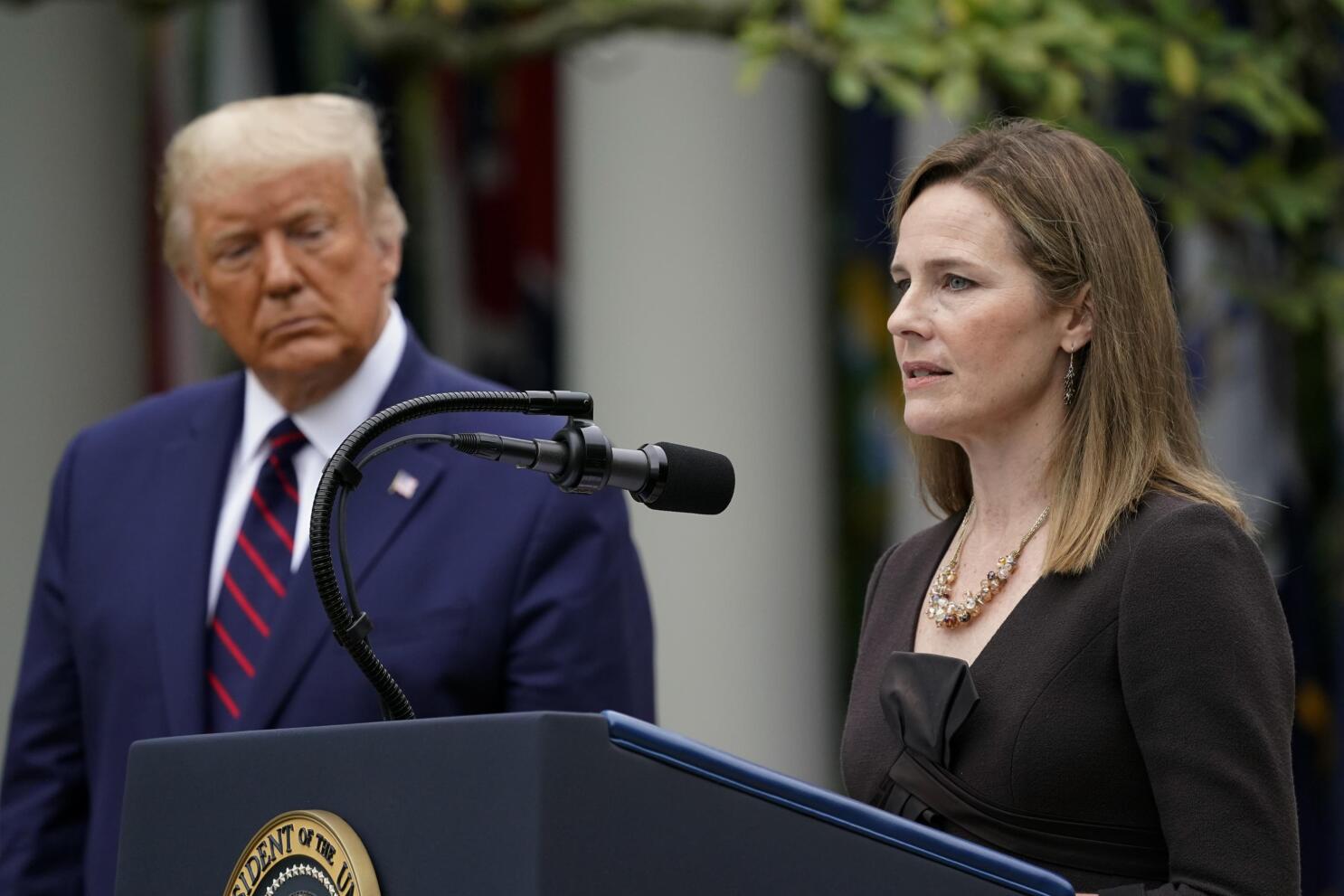To date, more than two dozen lawsuits have been filed challenging the authority, power, goals, plans, initiatives, and actions of President Trump’s Department of Government Efficiency (DOGE).
No doubt many more lawsuits will follow.
The rulings by lower court judges on the already filed lawsuits are mixed.
Some lower court judges have ruled a president has broad constitutional authority to fire, demote, or reassign federal executive branch employees without input from, or approval of Congress.
Other lower court judges have ruled a president does not have broad constitutional authority to fire, demote, or reassign federal executive branch employees without input from or approval of Congress.
Appeals of lower court judge rulings to the U.S. Supreme Court are not a matter of if, but a matter of when, as well as exactly how they will be addressed.
Ilya Shapiro, a senior fellow and Director of Constitutional Studies at the Manhattan Institute, has already predicted a majority of the justices will support a ruling in approving DOGE’s authority, plans, and actions.
In a recent commentary, The Supreme Court is Poised to Restore the President’s Executive Power, Shapiro writes, “Article II of the U.S. Constitution begins with a simple declarative sentence: ‘The executive power shall be vested in a president of the United States.”
He also writes “A majority on the Court now seems set to return to that view.’”
That majority of the Court referred to by Shapiro is presumably Chief Justice Roberts and Associate Justices Thomas, Alito, Kavanaugh, Gorsuch and Coney Barrett.
These six justices are often referred to collectively as a right of center bloc.
Shapiro gives special attention to Chief Justice Roberts.
He refers to a 2005 Supreme Court majority opinion written by Roberts on presidential authority. In it, Roberts explained Article II authority in the U.S. Constitution “generally includes the ability to remove executive officials.” He also says that is “a power that is necessary to ensure the accountable and effective execution of federal policy.”
Shapiro also notes that Roberts has stated, without the power to remove executive-branch officers, “the president could not be held fully accountable for discharging his own responsibilities; the buck would stop somewhere else.”
The key word in Chief Justice Roberts thinking is “generally.”
The Merriam Webster dictionary defines “generally” as often or regularly.
It does not define “generally” as “always.”
That is affirmed by recent actions by Chief Justice Roberts on two lower court rulings on DOGE.
In the first action Chief Justice Roberts, along with Justice Amy Coney Barrett joined the Supreme Court’s left of center bloc of Justices in blocking President Trump’s efforts to freeze $2 billion in foreign aid funding and temporarily blocking budget cuts.
In the second action, Roberts and Coney Barrett agreed with a majority of their left of center colleagues on a decision that the court would not overrule a temporary order from a lower court to stop Trump from firing the head of the Office of Special Counsel.
These two actions refute the idea that members of the conservative bloc are unified and consistently unable to reach agreement with members of the left of center Justices.
It also demonstrates that Roberts and Coney Barrett are willing to side against Trump in legal challenges on certain DOGE Issues.
Most importantly, it affirms that the issue of presidential authority and power will require extraordinarily intense dialogue and deliberations amongst all the justices on the short term and long-term ramifications of their ultimate decisions.
Payvan Ahdout, a law professor at the University of Virginia, suggests the court is “open to a role for judicial review of these [DOGE] decisions, but they just have not yet reached consensus on what that judicial role should be.”
Going forward, Chief Justice Roberts and Justice Coney Barrett could be part of majority member rulings that all, most, some, or few of DOGE actions are unconstitutional or could be constitutional with revisions.
If both do so, the outcomes will be 6-3 majority rulings for DOGE.
If only one does, it will still be 5-4 rulings for DOGE.
Conversely, if both join again with three of left of center Justices to sustain lower court challenges against DOGE it will be 5-4 rulings against DOGE.
Ultimately, every Supreme Court review and ruling on every lower Court DOGE ruling will determine the future scope of DOGE’s constitutional authority, plans, efforts, success, or failure to meet projected results.
David Reel is a public affairs and public relations consultant in Easton.



Write a Letter to the Editor on this Article
We encourage readers to offer their point of view on this article by submitting the following form. Editing is sometimes necessary and is done at the discretion of the editorial staff.